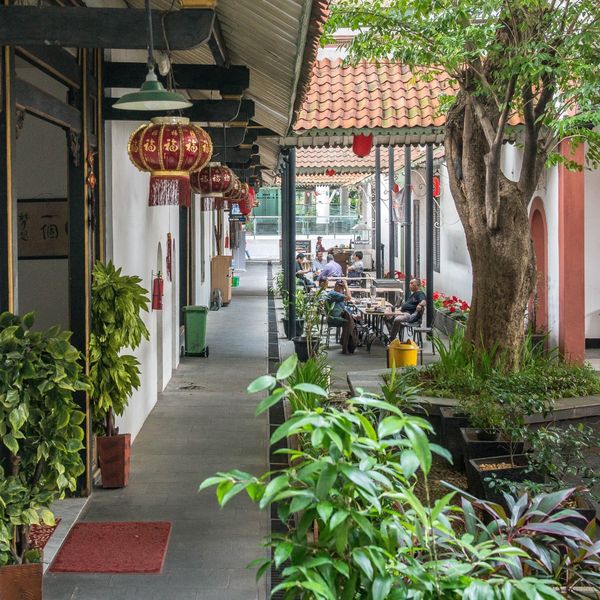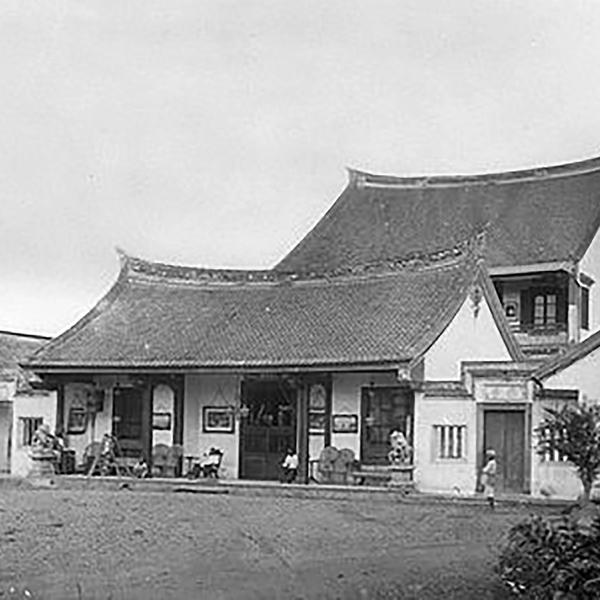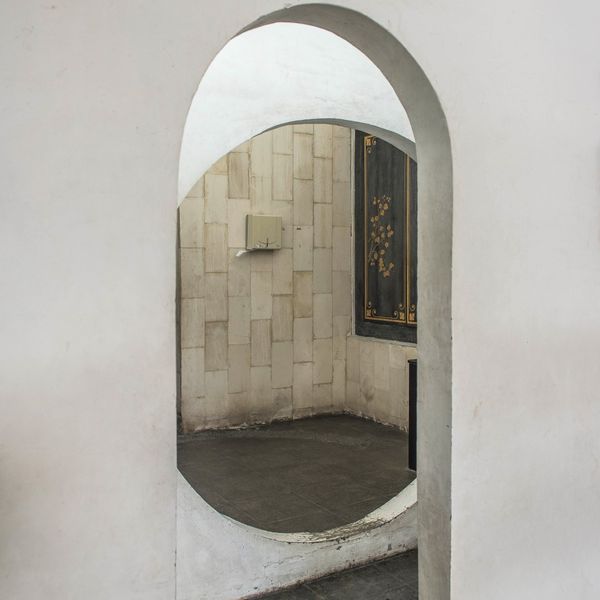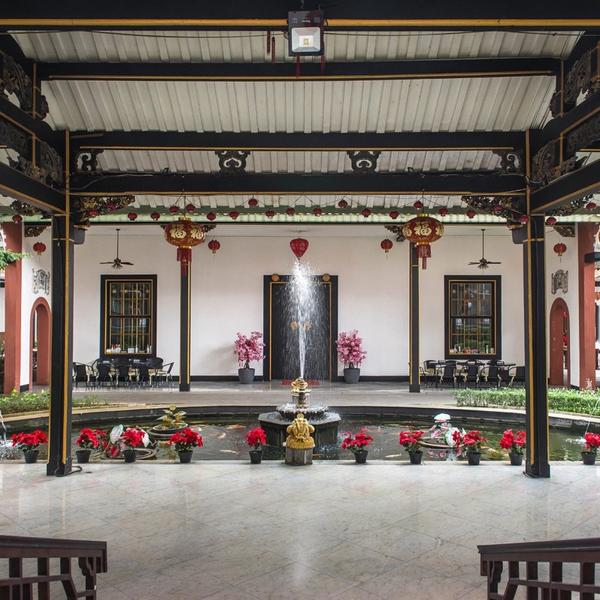
Last Chinese Mayor's House





- Green Central City 188 3 5, Jl. Gajah Mada No.3
- Open daily 7am-5pm
Long history of Chinese community in Jakarta
Year of the Fire Rabbit
Khouw Tian Sek was a Hokkien businessman who owned land in Jakarta dan Tangerang. To celebrate the birth of his son, Khouw Tjeng Tjoan, he built a mansion with a sign that says when he built it, which was in the Lunar Year of the Fire Rabbit. Up until today, it's still not clear whether that was in 1807 or 1867. At the time, it was customary for a man to have dozens of wives and concubines, and this building complex reflects that: there are many rooms to house all the wives, concubines and children.
The last Chinese Mayor’s home
Khouw Kim An, the heir and the son of Khow Tjeng Tjian, was the last Chinese Mayor of the Dutch East Indies. He was involved in many organisations, including the Tiong Hoa Hwee Kian (THHK), a community for Chinese descendants, which he founded. He died in a prison camp in Bogor during the Japanese occupation of Indonesia.
From ‘Sin Ming Hui’ to ‘Candra Naya’
Since the Indonesian independence, this building has been home to the Chinese descendants' community centre, Sin Ming Hui, which means 'New Light'. The organisation is involved in a variety of social, cultural and political activities. Many reputable facilities were established here, including Sumber Waras Hospital, Tarumanegara and Trisakti University. After the 1965 revolution, Chinese culture was often affiliated with communism, so Sin Ming Hui changed their Chinese name to an Indonesian one, Candra Naya. Candra Naya is, among many other things, active in helping the Chinese community deal with administrative issues, for instance, when they want to change their name into an Indonesian one.
Almost moved
In the 1990s, there was a plan to move the Candra Naya building to a theme park (TMII) because the new owner wanted to build a mixed-use complex here. But historians, academics and Chinese communities were firmly against it. The historical main building—one of the first two-floor buildings in Jakarta—was demolished and replaced by an apartment. But the North and South wing, as well as the pavilions, were preserved. The famous koi fishpond in the inner court to the pavilion is still there, too. Nowadays, the pavilion is used as a multi-purpose space, and the wings have been turned into cafés and restaurants.
A new hip hangout
The North and South wings used to be small rooms, kitchens, toilets and service rooms. Now those partitions separate different stores. Here you can hang out while enjoying Chinese barbeque, visit a Malay kopitiam (traditional coffee shop and breakfast place) or relax at a typical Japanese Izakaya (shop where you stay for a while to have drinks and snacks).
